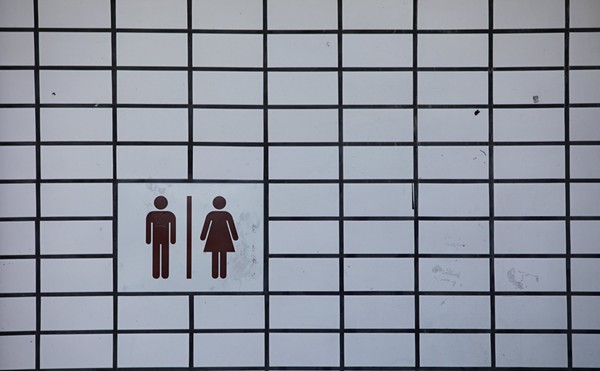Data Reveals Cleveland is One of the Least Welcoming Cities For Immigrants
By BJ Colangelo on Wed, Sep 19, 2018 at 10:29 am
[
{
"name": "Ad - NativeInline - Injected",
"component": "38482495",
"insertPoint": "3",
"requiredCountToDisplay": "5"
},{
"name": "Real 1 Player (r2) - Inline",
"component": "38482494",
"insertPoint": "2/3",
"requiredCountToDisplay": "9"
}
]
In news that will surprise exactly no one, Cleveland is one of the least welcoming cities in America for immigrants, according to a new study released by advocacy organization the New American Economy.
Cleveland ranked at No. 64 (compared to say, Detroit's No. 10) on NAE's Cities Index, which measures local policies and socioeconomic outcomes across the 100 largest cities in the United States. Cleveland earned a 2.78 out of 5 overall.
Our below-the-bottom-half score is due in large part to Cleveland's lack of inclusivity and job opportunities, both categories scoring the lowest possible 1. We were commended for an affordable cost of living as well as economic empowerment for immigrants when we actually do give them jobs, but Ohio's cities were some of the worst of the bunch.
For reference, Columbus ranked No. 70 and Toledo is all the way down at No. 80. Cincinnati, however, is extremely immigrant friendly, earning the No. 18 spot.
The data also reveals how immigrant born individuals fare against U.S. born citizens across a variety of classifications. For example, 79.6 percent of all eligible U.S. born citizens have a high-school diploma, compared to 70.4 percent of immigrants living in the U.S. There are actually more immigrants that own homes in Cleveland than there are U.S. born homeowners (42.3 percent compared to 41.9 percent).
Also surprising probably no one, there are more foreign-born people living in the United States with higher education degrees and less immigrants utilizing social services like welfare, social security, medicaid or food stamps. Meanwhile, high-skilled, foreign-born individuals are experiencing disproportionately higher rates of poverty, at 34.1 percent, compared to the U.S. born rate of 11.6 percent.
For those that don't like math, the data shows immigrants have a higher level of education than most U.S. born citizens and are not living off of tax dollars that go toward public assistance. For those unaware, immigrants also pay billions of dollars in taxes every single year, even those that are undocumented. If anything, there are more immigrants paying for U.S. born citizens to receive public aide than the other way around.
You can see the full study, including methodology, here.
Tags:
SCENE Supporters make it possible to tell the Cleveland stories you won’t find elsewhere.
Become a supporter today.
About The Author
Scroll to read more Cleveland News articles
Newsletters
Join Cleveland Scene Newsletters
Subscribe now to get the latest news delivered right to your inbox.














